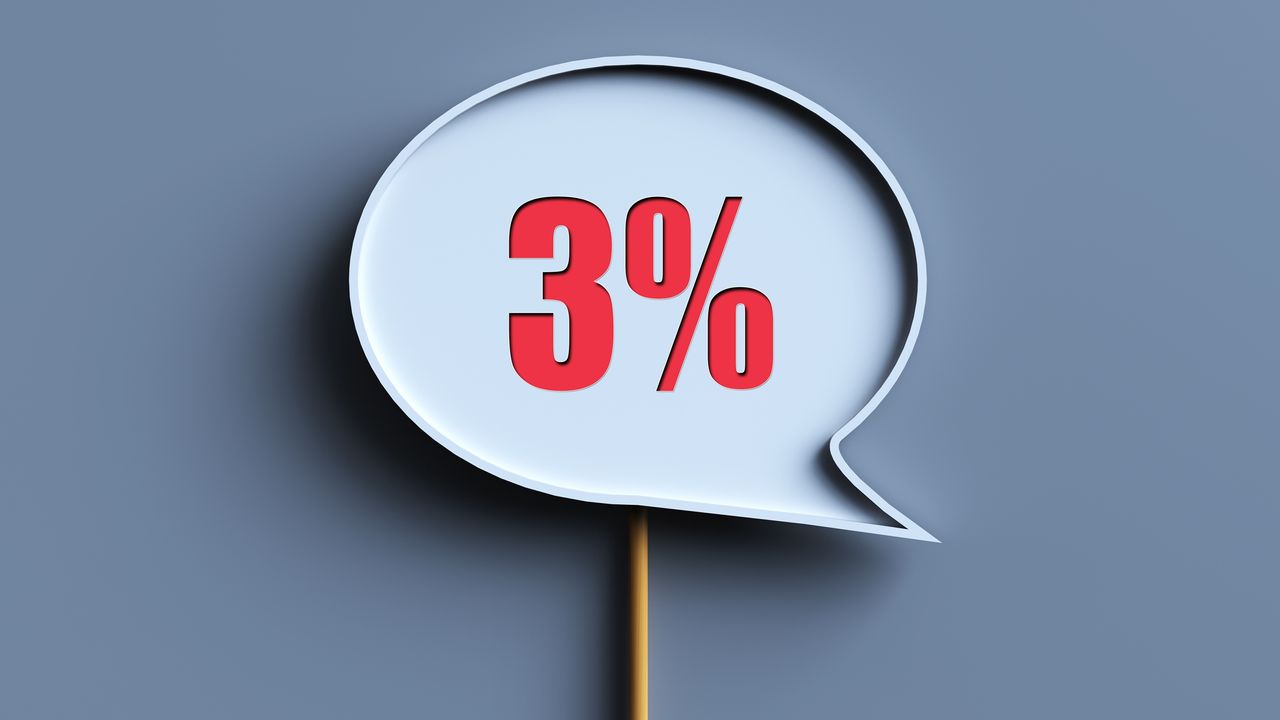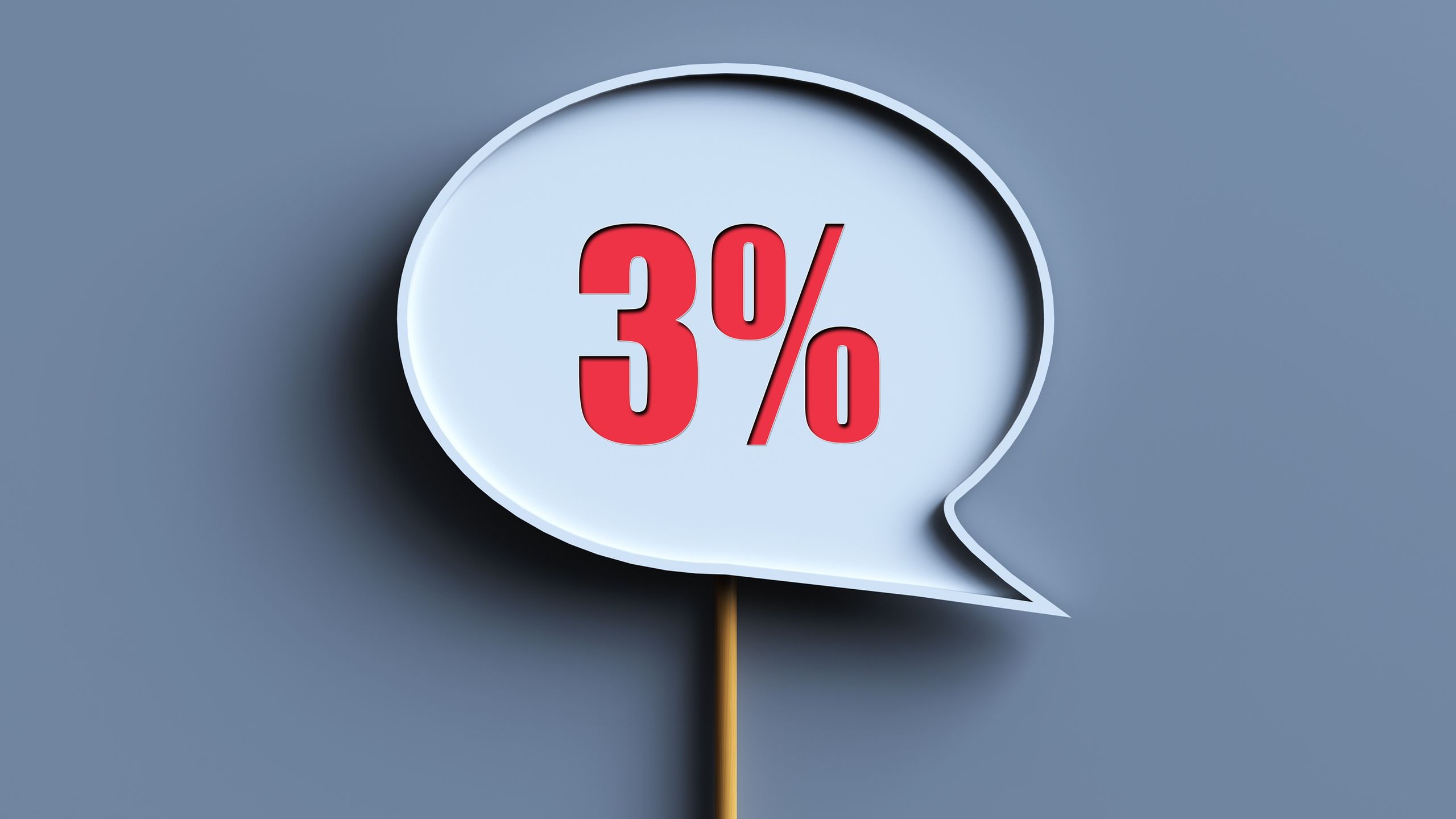
Calls for the Federal Reserve to cut interest rates have been growing louder, and the central bank has now acted.
On September 17, the Fed reduced its benchmark rate by a quarter of a percentage point, its first cut since December, citing concerns about a weakening labor market.
This, among other recent economic developments, has sparked a debate about whether the Fed’s 2% inflation target is still appropriate.
Sign up for Kiplinger’s Free Newsletters
Profit and prosper with the best of expert advice on investing, taxes, retirement, personal finance and more – straight to your e-mail.
Profit and prosper with the best of expert advice – straight to your e-mail.
Kiplinger’s Adviser Intel, formerly known as Building Wealth, is a curated network of trusted financial professionals who share expert insights on wealth building and preservation. Contributors, including fiduciary financial planners, wealth managers, CEOs and attorneys, provide actionable advice about retirement planning, estate planning, tax strategies and more. Experts are invited to contribute and do not pay to be included, so you can trust their advice is honest and valuable.
Inflation targeting is a monetary policy strategy central banks use to maintain price stability and foster economic growth. Traditionally, many central banks have set an inflation target of 2%, a level deemed conducive to financial stability and predictability.
For decades, the 2% rule was seen as the sweet spot: low enough to avoid destabilizing inflation, but high enough to keep economies from slipping into deflation.
The logic was sound for a world defined by globalization, technological advancement and efficient supply chains. But the world has changed, and clinging to the old rule could do more harm than good.
Today, I believe a 3% target may be more realistic, more flexible and ultimately healthier for long-term growth.
Why 3% makes more sense today
Raising the inflation target to 3% would give the Fed more room to maneuver. In a low-growth environment, it would allow nominal interest rates to stay at levels that can still be cut meaningfully when the economy weakens.
That flexibility reduces reliance on unconventional tools, such as quantitative easing, which can create distortions in financial markets.
Slightly higher inflation expectations also encourage spending and investment. When businesses and households believe prices will rise moderately, they are more likely to act sooner rather than later, which supports demand and fuels recovery.
Of course, if spending runs too hot, it can add upward pressure on prices — but in moderation, this dynamic is a healthy part of a recovering economy.
In the labor market, modest inflation plays an important role too. In a 2% inflation environment, wages are often “sticky,” meaning slow to adjust downward even when necessary. That rigidity can drive unemployment higher.
With a 3% inflation target, wage cuts become smoother and less painful (to employers, at least), leading to a healthier labor market overall.
Lessons from recent history
The global economy has changed dramatically since the 1990s. During the financial crisis of 2008-09, inflation actually turned negative, a rare and destabilizing period of deflation and collapsing asset prices.
Even after the government’s extraordinary stimulus measures, it often struggled to push inflation back up to 2% in the years that followed.
That struggle was not unique to the U.S. Many advanced economies faced the same challenge. Globalization, hyper-efficient supply chains and the rise of digital marketplaces kept downward pressure on prices, making it difficult for central banks to stimulate inflation to the 2% target.
Then came COVID-19. Supply chains fractured, reshoring gained momentum and regionalism intensified. Suddenly, the deflationary world was gone.
Demand surged just as supply was constrained, pushing the Consumer Price Index (CPI) above 9% in 2022. While inflation has since cooled, August’s CPI still came in at 2.9% year over year, above target even after the Fed’s aggressive tightening campaign.
This new environment, marked by tariffs, persistent supply frictions and a structurally different global economy, makes it far less likely we will return to the pre-COVID disinflationary world.
If the Fed continues to insist on forcing inflation back down to exactly 2%, in my opinion, it risks undermining growth, confidence and employment.
The risks of change
Adjusting the target is not without risks:
Credibility. If people perceive the Fed as moving the goalposts, they may lose confidence in its ability to maintain price stability.
Expectations. If consumers and businesses believe the Fed will tolerate significantly higher inflation, they may demand higher wages and raise prices pre-emptively, triggering a wage-price spiral.
Global spillovers. In a globalized economy, a U.S. shift would reverberate abroad. Other central banks would need to decide whether to follow suit, and lack of coordination could create volatility in currencies and capital flows.
These risks are real, but they are manageable. Clear communication, gradual implementation and coordination with global counterparts can preserve trust and prevent destabilization.
Why sticking to 2% could be worse
While the risks of raising the target are significant, the risks of clinging rigidly to 2% may be greater. For several years before COVID, economists openly wondered if inflation could ever consistently return to 2%.
Even today, with restrictive policy in place, the Fed has only managed to cool inflation to just under 3%.
If the Fed continues to fight relentlessly for 2%, the cost could be higher unemployment, weaker growth and less confidence in the economy. The central bank could find itself trapped in a cycle of overtightening, always pushing against forces beyond its control.
Looking for expert tips to grow and preserve your wealth? Sign up for Adviser Intel (formerly known as Building Wealth), our free, twice-weekly newsletter.
With the September rate cut, the Fed has signaled its willingness to act to support the economy.
That step creates an opportunity to go further, rethink the outdated 2% target and adopt a more flexible 3% goal that aligns with today’s structural realities.
What investors could do
A shift to a 3% inflation target would not mean runaway prices, but it would reshape the investment landscape.
For individuals, that calls for a few practical adjustments:
Do not hold excess cash. With higher inflation, money parked in savings loses purchasing power more quickly. Keep an emergency fund liquid but consider investing surplus cash.
Revisit fixed-income exposure. Bonds are more vulnerable in higher-inflation environments. Ladder maturities or add Treasury inflation-protected securities (TIPS) to cushion the impact.
Favor real assets. Investments tied to real assets, such as commodities, infrastructure and real estate, tend to perform better when inflation runs hotter.
Stress-test retirement plans. Even a 1% shift in long-term inflation assumptions can significantly affect future spending power. Make sure your retirement projections account for this new reality.
A pragmatic path forward
The 2% target worked well for decades, but the economic landscape has changed. By raising the goal to 3%, I believe the Fed can preserve credibility, better support growth and still protect price stability.
The bottom line: Three is the new two. And recognizing that sooner rather than later may be the best way to keep America’s economy, and your portfolio, resilient in the decade ahead.
Securities and advisory services offered through LPL Financial, a registered investment advisor, Member FINRA/SIPC.
The opinions voiced in this material are for general information only and are not intended to provide specific advice or recommendations for any individual.

